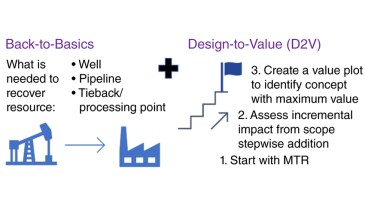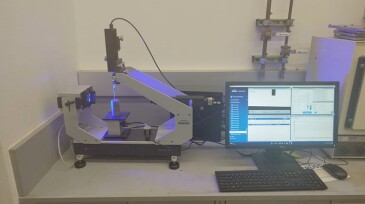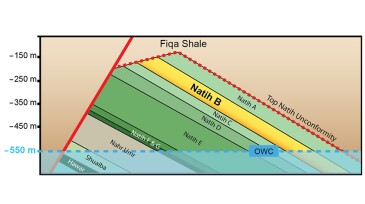brownfields
-
This paper describes a revamped methodology for field-development strategy formulation, particularly for marginal hydrocarbon resources, by shifting the mindset toward designing with an aim to value in order to improve project viability.
-
This paper adds to ongoing research in hydrogen storage, focusing on efficient extraction of hydrogen to be stored potentially in depleted unconventional formations.
-
The authors of this paper develop an integrated technical approach that can be used to unlock one of the largest undeveloped resources in an operator’s portfolio.
-
While innovative solutions are being examined for decarbonization, there is one topic that is rarely emphasized as a key driver in the path toward a more-sustainable future—brownfield optimization.
-
The authors of this paper describe a three-way coupled modeling approach that integrates dynamic, geochemistry, and geomechanics models to obtain cumulative effects of all three changes to evaluate future carbon dioxide storage.
-
The complete paper describes a combination of best practices and innovative techniques that help to provide rig-based and rigless opportunities by estimating potential and risk in a naturally fractured reservoir.
-
This paper presents results from evaluating the rate of thermal energy that can be extracted under various completion scenarios in end-of-life oil and gas wells using a transient flow simulator.
-
After suffering a 2-year delay and unexpectedly large cost overruns, the Norwegian oil and gas field is expected to produce for 20 more years.
-
The complete paper describes a tool developed to evaluate and characterize thin beds or laminations in a mature offshore field.
-
The amount of oil and gas resources approved for development last year surpassed 20 billion BOE, the highest level seen since 2011. Telltale signs have emerged that we are entering a new offshore investment cycle.










